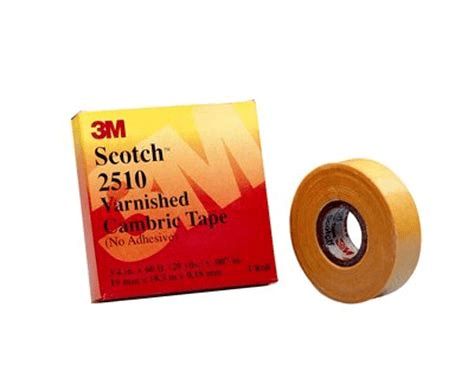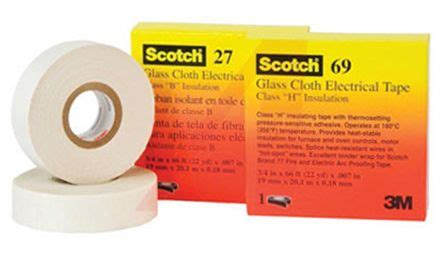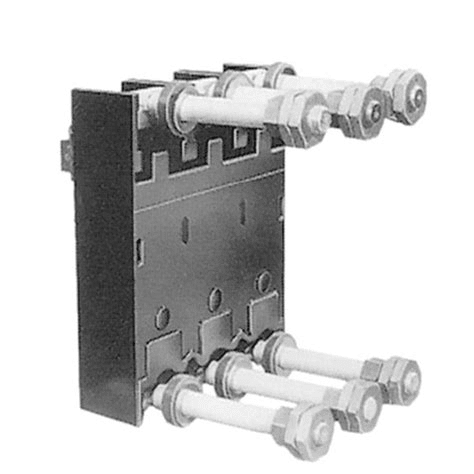Normally on the low voltage of a nine lead wire, there are two wye connections.
The T4, T5, and T6 wye connection and the internal connection of what, on a twelve lead motor, would be the T10,T11 and T12 connections.
This motor, on the high voltage connection, the L1 current flows through the protector.
On the low voltage connection, L1 current is twice the high voltage current, but still flows through the protector.
The connections are asymmetrical so the other two legs of the protector see 1.73 times the high voltage current.
The diagrams for the protector show both a heater and an overload relay symbol.
The heater can not be calibrated to provide running protection at both voltages.
It may provide stall protection.
On the other hand, the diagram linked by the OP shows T10, T11, and T12 internally as well as T14, T15, and T16 as connections on the protector.
The internal connections of the protector are not shown but it is quite a safe assumption that the protector leads bypass the heaters internally and connect only to the overload relay section.
This is the same wiring scheme and protection philosophy found in very old "Generator Circuit Breakers"
A "Generator Circuit Breakers" was a specific device and not just any circuit breaker on a generator.
A "Generator Circuit Breakers" was a nine terminal circuit breaker:
Three line terminals,
Three load terminals,
Three terminals connected after the thermo-magnetic section but before the operating contacts.
They were typically stud mounted moulded case breakers similar to this but with three more studs.
The last "generator circuit breaker" that I encountered was about 35 years ago.
The set was old then.
I understand that it was a military spec from WWII that allowed one breaker to protect the generator at either of two voltages.
These breakers were obsolete decades before the internet, don't expect to find a picture online.
Be that as it may, the operating principle is applicable to theses motor protectors.
By the way, Keith, did you ever encounter such a breaker in the old railcar equipment?
Bill
--------------------
Ohm's law
Not just a good idea;
It's the LAW!





